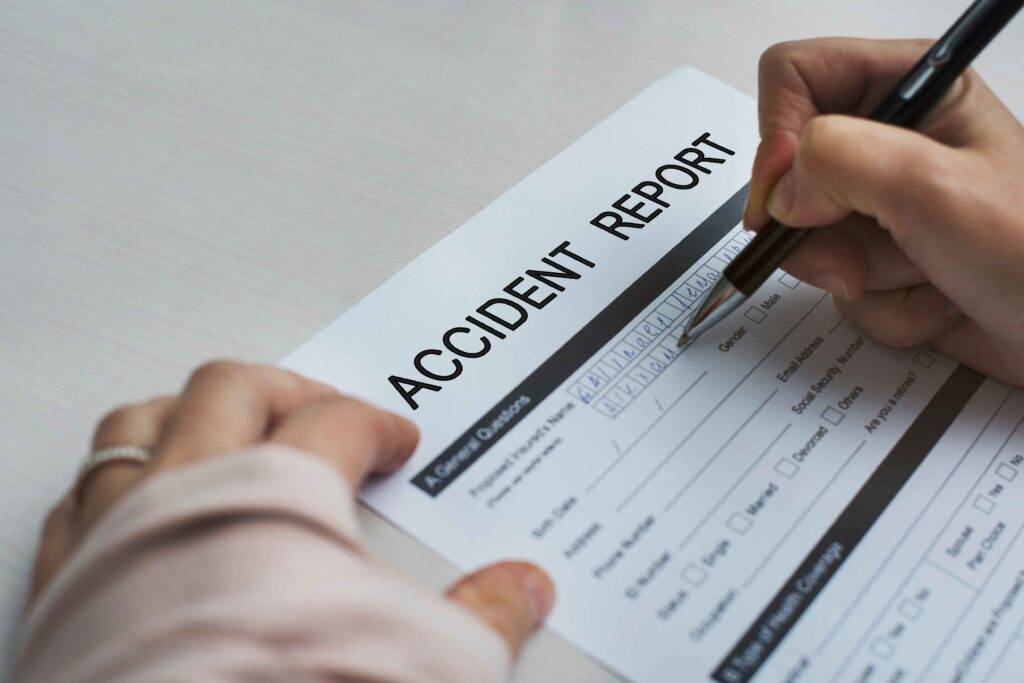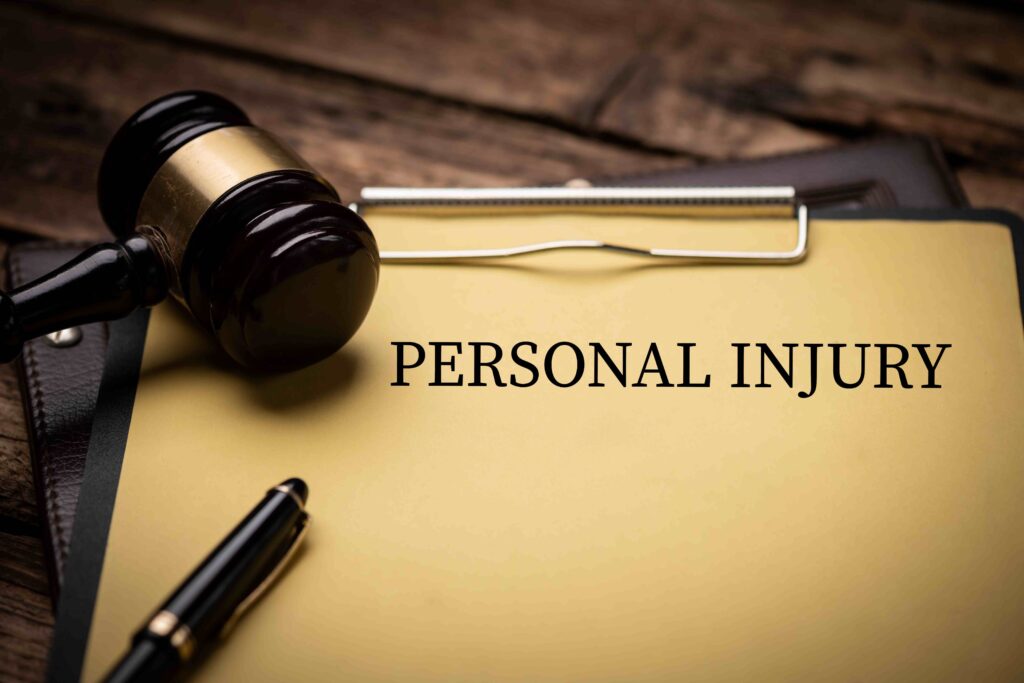How To File A Personal Injury Lawsuit: A Timeline Overview

You’ve been injured. From the look of things, someone else is at fault. Maybe the grocery store didn’t clearly mark a wet spot on the floor, and you hurt your back. Or a driver lost on their phone rear-ended you at a stop sign. The resulting hurt from these acts is what’s called a personal injury.
Understanding how to file a personal injury lawsuit can greatly help you protect your legal rights and receive a fair settlement. This guide will walk you through the process from start to finish.
Initial Consultation
If you’re thinking about filing a personal injury claim, the first step is to have a one-on-one with an experienced personal injury lawyer from Grossman Green PLLC or others near you. This meeting is where you lay all your cards on the table.
You’ll discuss what happened, share any evidence you’ve gathered (like photos, witness reports, or medical records), and explain how the injury has impacted your life. The personal injury attorney will assess your case to see if it’s viable.
They’ll consider factors like liability, negligence, and whether there’s enough evidence to support your personal injury claims. This is also the perfect time to ask all your questions. What are their fees? Do they offer a contingency fee arrangement, where their fee is based on a percentage of the settlement or verdict? How do they communicate? What outcomes are typical for cases like yours?
Filing the Complaint

Once you decide to proceed with the personal injury lawsuit process, your lawyer will draft a legal document called a complaint. This paper outlines your allegations, the punitive damages you’re seeking, and why the defendant is being sued.
This step must happen within a specific timeframe, known as the statute of limitations, which varies by state. For example, in some places, you may have up to two years from the date of the injury to file the lawsuit.
Your complaint sets the stage for everything that follows in your lawsuit. It notifies the defendant that they are being sued and lays out your arguments. After it’s filed, the court sends a summons to the defendant, letting them know they need to respond to your claims, usually within 30 days of the legal deadline.
Discovery Process
During discovery, both sides exchange details through a series of demands and responses. You and your experienced personal injury attorney will send out interrogatories, which are basically detailed questions that the other party has to answer in writing.
For example, you might ask the defendant to describe the events that led up to the car accident or to provide a list of expert witnesses. This helps you gather more information about their side of the story.
Depositions are also part of the process. This is when you or the defendant must answer questions while under oath. The discovery phase can last for months or even years, based on how complicated the case is.
Mediation and Settlement Negotiations
After discovery wraps up, you might not head straight to court. Matter of fact, only about 4-5% of personal injury cases end up in trial. Instead, there’s a good chance you’ll enter mediation or negotiation. [1]
In mediation, a neutral third party, called a mediator, helps both sides try to reach a personal injury settlement. It’s less formal than a trial, and often, settlements reached here can be tailored better to meet both parties’ needs than a court verdict.
Studies have shown mediation to be pretty effective in outcomes and often leads to fairer resolutions. Apart from this, it can also be 60% faster than litigation and cost 50% less. This makes it a go-to process for many. [2] [3]
There’s also negotiation. This might happen informally between your lawyer and the defendant’s personal injury attorney. If both sides see eye to eye, you might agree on a settlement that covers your medical bills, lost wages, and other economic damages, as well as your pain and suffering. This can happen at any time during the lawsuit, even up to the eve of the personal injury trial.
Trial
If mediation doesn’t result in a settlement, your case will proceed to trial. This is your chance to argue your case in front of a judge or jury.
Each party shares their account of the events and what they hope to prove. Your lawyer will start by presenting your personal injury case since you’re the plaintiff in the lawsuit.
They’ll call expert witnesses, show documents, and anything else that supports your claim. The defendant’s legal representation will do the same for their side. Each witness can be cross-examined by the opposing lawyer.
After both sides have presented their evidence, they make closing arguments. Then, the jury deliberates, which can take hours or days, depending on the complexity of the case, and deliver a verdict. If both parties agree, the case is closed. If not, an appeals process can begin.

Closing Thoughts
Successfully preparing and filing personal injury lawsuits may be the difference between getting the compensation you deserve or not. Don’t take it lightly. Use the tips you’ve encountered in this guide to prepare better.
Remember to keep your lawyer close the whole time. They’ve been down this road before, and the battle scars they’ve gathered could significantly help your case.
Sources
1. “Personal Injury Settlement Amounts Examples (2024 Guide)”, Source: https://www.forbes.com/advisor/legal/personal-injury/personal-injury-settlement-amounts/
2. “Analysis of The Efficiency of Mediation Methods in Handling Conflicts”, Source: https://www.researchgate.net/publication/377870443_Analysis_of_The_Efficiency_of_Mediation_Methods_in_Handling_Conflicts
3. “Key Mediation Statistics: Settlement Success, Cost Savings, High Satisfaction”, Source: Mediation Statistics Statistics: Market Data Report 2024

